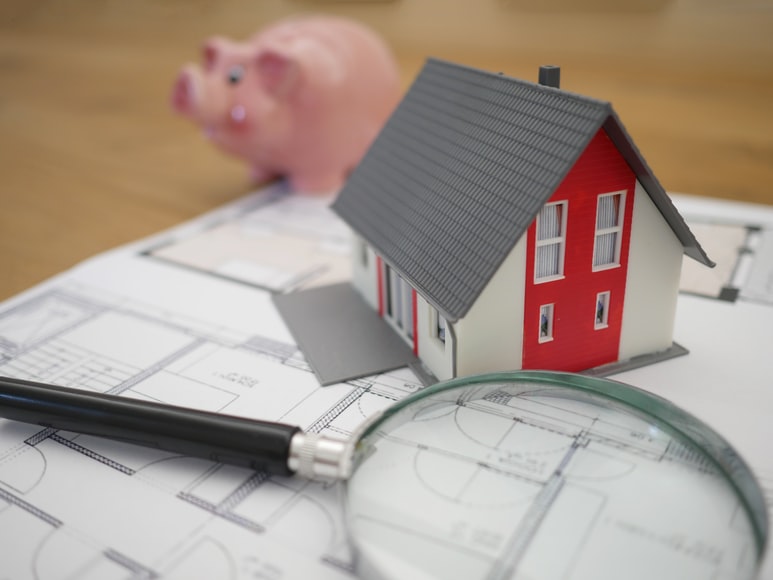Know Your Numbers: The 70% Rule in Flipping Houses

The house flipping market is a lucrative one. You might have seen TV shows where designers pick, design, and sell a fixer-upper.
Although flipping isn’t as easy as they make it seem, one guide makes the process much simpler. Yep, we’re talking about the 70% rule.
Want to learn more about how you can use the rule of 70% to make your flipping dreams a reality? Keep reading to find out!
What Exactly Is the 70% Rule?
The 70 percent rule is a calculation that helps real estate investors budget their costs. It is a calculation that helps them gauge potential profits, which helps determine if a property is worth the investment.
The 70% rule formula also helps flippers narrow down options when securing property listings.
How Does the 70% Rule Work?
The 70% rule is also known as After Value Repair, or ARV. Essentially, to avoid overpaying and eating into profits, flippers try to avoid paying more than 70% of the ARV of a property, minus the total cost of repairs.
Essentially, the ARV offers an estimate of how much the home could potentially sell after the renovation. By multiplying the number by 70% and then subtracting it from the approximate renovation costs, flippers can arrive at the highest amount that should be paid for the specific property.
The Rule Is Just an Estimate
Remember, the 70% rule is simply an estimate, and it does not mean that the remaining 30% will be all profit.
In addition, it is a general rule of thumb. Much market research will be needed to arrive at a more specific cost.
Step by Step Breakdown
Wondering how you can use the formula to your advantage?
Here is a step-by-step breakdown of the process.
Step 1:
Begin by assessing the approximate ARV of the property. You will need to understand the local market and how many homes with those features are selling for in that neighborhood.
Step 2:
Come up with a conservative budget of how much the repairs and renovation could cost you. Include any issues that need to be resolved in this house flipping figure.
Step 3:
Make an offer using the 70% rule. For example, if the property you’re looking at can sell for $500,000, and the estimated cost of repairs is $50,000, use the formula to arrive at your maximum offer price.
In this case, $500,000 x 70% – $50,000 = $300,000. Thus, $300,000 is a price you could offer comfortably, knowing you’ll make good profits with a fair offer price.
Learn More about the Real Estate Industry Today
If you’ve decided to make your first foray into the flipping business, you might be concerned about how much you can offer.
After all, you don’t way to overpay. Nor do you want to cut into your profits! Luckily, the 70% rule makes the calculations much more manageable.
Want to learn more about business, personal finance, and real estate? Be sure to check out the other articles on our site for the more informative content!
Read Also:












